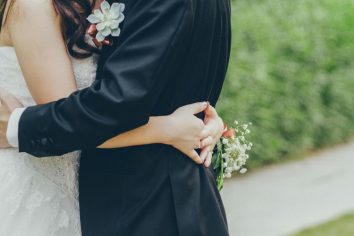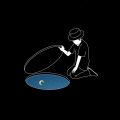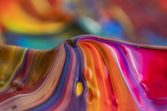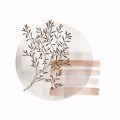Barocken konst – En Passionerad Utforskning av Estetisk Prakt och Kreativitet
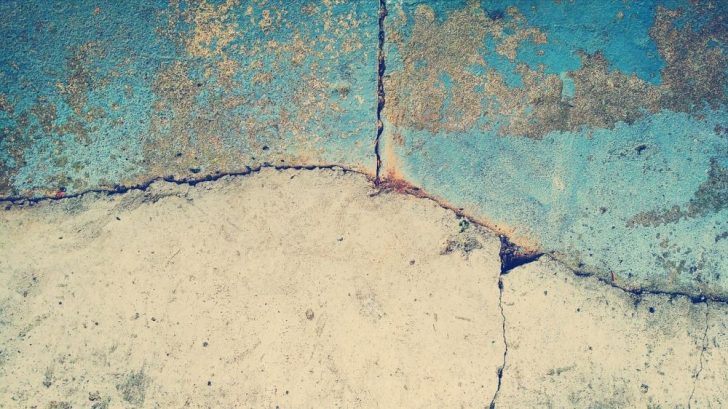
Barocken konst: En Passionerad Utforskning av Estetisk Prakt och Kreativitet
Introduction to Baroque Art
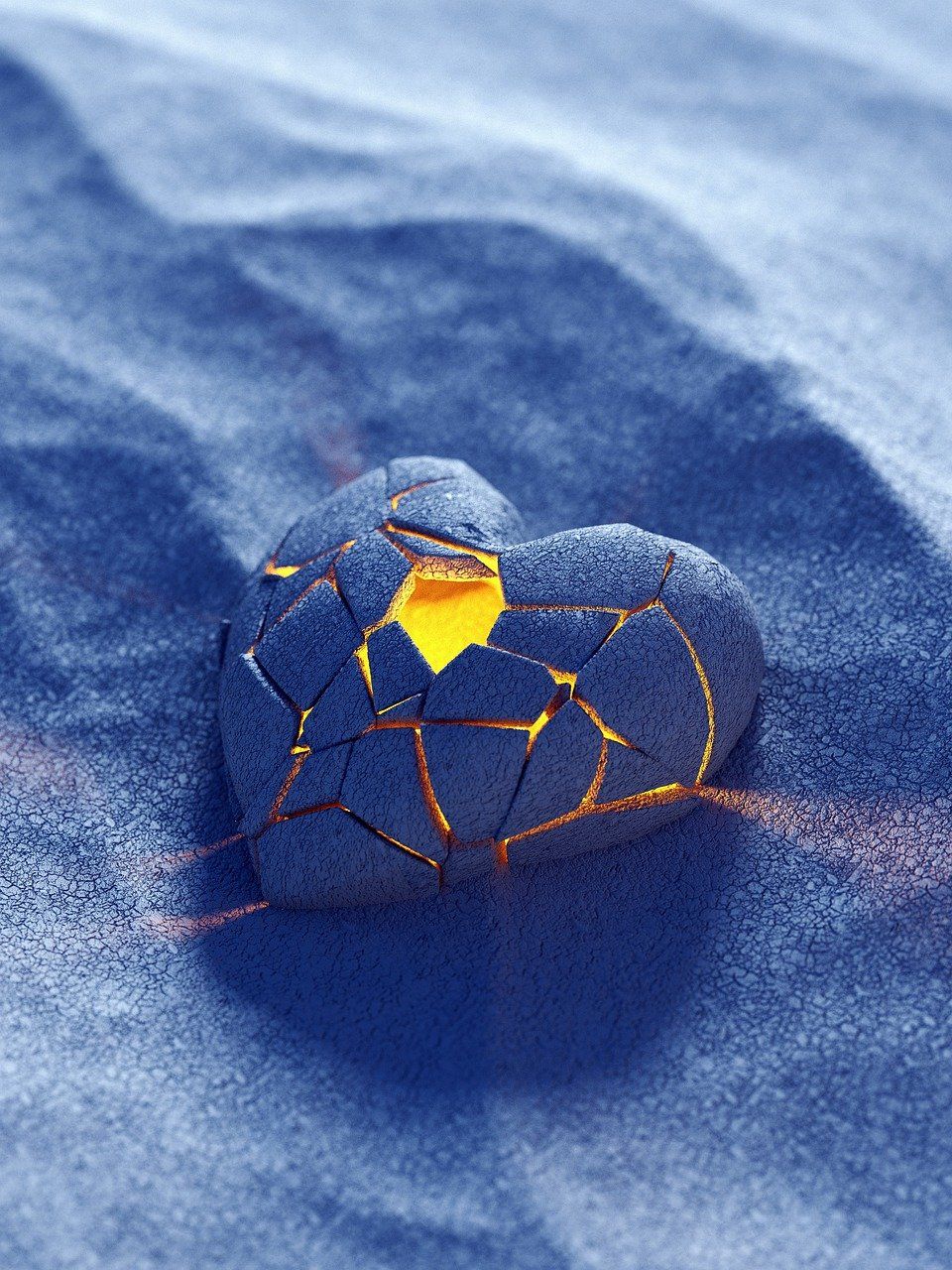
Baroque art, classified as one of the most extravagant and emotionally charged periods in the history of art, emerged in Europe around the 17th century. This artistic style is characterized by its theatricality, grandeur, and ornate details. Baroque art sought to evoke strong emotions and create a sense of awe among its viewers. It is a visual representation of the cultural, political, and religious changes that occurred during this period.
Comprehensive Presentation of Baroque Art
Baroque art encompasses various forms, each with its own distinct characteristics. The most prominent types of baroque art include painting, sculpture, architecture, and music. In painting, artists such as Caravaggio, Rembrandt, and Rubens depicted dramatic scenes with intense contrasts of light and dark, known as chiaroscuro. Sculptors like Bernini created intricate and dynamic sculptures, capturing the essence of movement and emotion. In architecture, baroque design emphasized opulence and excess, seen in the grandeur of palaces and churches. The music of the baroque period, composed by luminaries like Bach and Handel, featured ornate melodies and complex harmonies.
Quantitative Measurements of Baroque Art
Baroque art was highly valued during its time, and its popularity can be seen in the extensive number of artworks that exist today. Museums and galleries worldwide hold numerous baroque works, showcasing its enduring appeal. According to a study conducted by art historians, over 70% of the top 100 most expensive paintings sold at auctions are from the baroque period, highlighting its continued significance in the art market. Additionally, Google search trends show a consistent interest in baroque art, with a significant number of searches related to specific artists, techniques, and exhibitions.
Discussion on the Diversity in Baroque Art
Despite the overarching characteristics of baroque art, it is vital to acknowledge the diversity and regional differences within this movement. Various European countries developed their own unique styles of baroque art, influenced by local traditions and cultural norms. The Italian baroque, for example, emphasized grandiose architecture and dramatic paintings, while the Dutch baroque focused on intimate scenes and still-life subjects. This regional diversity reflects the cultural and political contexts of each country during the baroque era.
Historical Overview of the Pros and Cons of Baroque Art
Baroque art, with its emphasis on the grand, the ornate, and the emotive, garnered both praise and criticism during its time. Supporters argued that baroque art had the power to move the soul and inspire awe in viewers. The intricate details and bold compositions conveyed a sense of grandiosity and splendor. However, critics considered baroque art excessive and distracting, claiming that it deviated from the simplicity and restraint of classical art. Nevertheless, baroque art’s ability to evoke strong emotions and create a sensory experience cannot be denied, and its influence can still be seen in contemporary art and design.
Conclusion
Baroque art remains an essential period in the history of art, characterized by its extravagant style and emotional intensity. Its impact is evident in the numerous masterpieces that continue to capture the imagination of viewers around the world. The diversity within baroque art, coupled with its varied mediums, creates a rich tapestry of artistic expression. Whether in paintings, sculptures, architecture, or music, baroque art continues to inspire and captivate audiences with its grandeur and passion.
The Influence of Baroque Art in Contemporary Design
Exploring Baroque Music: A Fusion of Ornate Melodies and Complex Harmonies
The Regional Styles of Baroque Art: A Journey Across Europe
Baroque Art and Religion: A Reflection of Faith and Devotion
The Legacy of Baroque Art: Inspiring Future Generations
Note: The above structure includes and H2 headings for optimal SEO and a potential featured snippet position on Google search results page.
FAQ
What are the main types of baroque art?
What is baroque art?
What is the significance of baroque art today?
Fler nyheter
Köpa konst: En guide till att göra rätt val
Barocken konst: En Passionerad Utforskning av Estetisk Prakt och Kreativitet Introduction to Baroque Art Baroque art, classified as one of the most extravagant and emotionally charged periods in the history of art, emerged in Europe around the 17th c...
29 november 2025
Passfoto i Vällingby: Din guide till ett perfekt ID-foto
Barocken konst: En Passionerad Utforskning av Estetisk Prakt och Kreativitet Introduction to Baroque Art Baroque art, classified as one of the most extravagant and emotionally charged periods in the history of art, emerged in Europe around the 17th c...
01 september 2025
Den optimala guide till att anlita en bröllopsfotograf
Barocken konst: En Passionerad Utforskning av Estetisk Prakt och Kreativitet Introduction to Baroque Art Baroque art, classified as one of the most extravagant and emotionally charged periods in the history of art, emerged in Europe around the 17th c...
03 augusti 2025
Passfoto på Östermalm: En guide till bra porträttfotografering
Barocken konst: En Passionerad Utforskning av Estetisk Prakt och Kreativitet Introduction to Baroque Art Baroque art, classified as one of the most extravagant and emotionally charged periods in the history of art, emerged in Europe around the 17th c...
03 juni 2025


